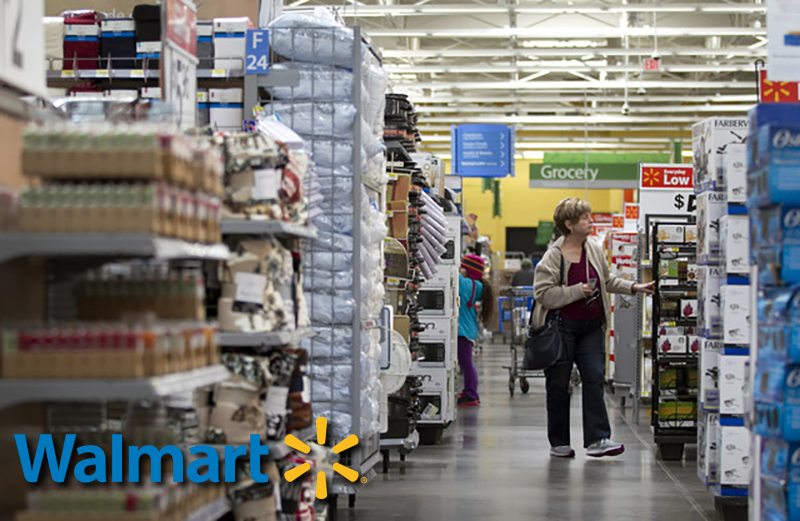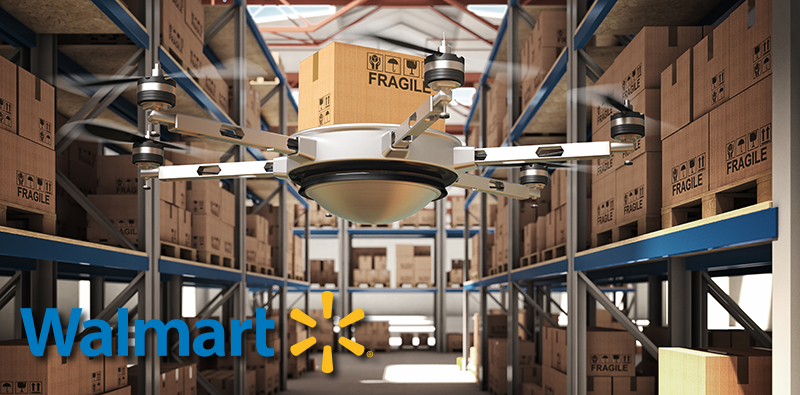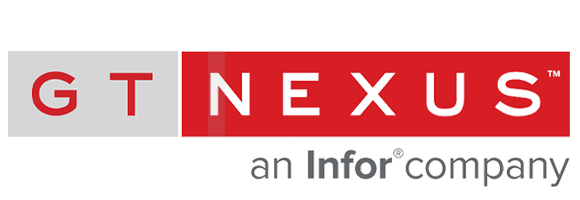What’s Behind the Inventory Crisis of 2016?

1.41 is a number being thrown around a lot this year, it's the ratio of inventory-to-sales in the U.S. as measured by the Census Bureau, in short, businesses have built up a glut of inventory that they're not moving.
The last time the inventory-to-sales ratio was this high was 2009, when we were in the throes of the Great Recession – people lost jobs, businesses closed, nobody was spending, nobody was growing.
What does it mean that inventory levels are this high in 2016? Are consumers not spending? Are we headed for another recession? Or are other forces at work?
Well, in April the Bureau of Economic Analysis reported that consumer spending experienced its biggest gain in six years. And while JPMorgan recently reported an increased probability of a recession in the next 12 months, no one’s sounding the alarm bells quite yet. Besides, inventory levels have been high since last fall.
So what else could be at work?
The Marketplace
Traditionally, a drop in consumer demand would cause a short-term build-up of inventory. But businesses would eventually compensate by cutting orders and manufacturers would produce less. But as we’ve seen, demand isn’t going down. And yet, inventory isn’t moving. Why?
One major culprit is the way consumers shop. Their expectations have changed. This is the age of Amazon Prime, Instacart, Uber and Lyft. Free shipping. In-store pick-up. 1-hour delivery. Easy exchanges and returns. Above all – convenience. If it isn’t convenient for a customer to buy something they want, they won’t buy it – or they’ll buy it somewhere else. Fulfillment has usurped the throne of customer satisfaction.
Traditional retailers have struggled because of this. As young, tech-driven start-ups bite into market with the luxury of fresh starts, traditional retailers have tried to stay competitive. One common tactic has been to keep buffer inventory on hand. Out-of-stock inventory kills customer loyalty. Not being able to fulfill quickly kills customer loyalty. But having lots of inventory doesn’t equate to efficient fulfillment. That requires having a modern, flexible supply chain. Without agility, retailers often lack the competence to satisfy customer demand, let alone fulfilling profitably.
The Business Model
J.C.Penney Company, Inc. is an example of a traditional retailer who has experienced the full vicissitudes of trying to keep up with consumer demand. Starting in February of 2012, its stock price began a precipitous fall that bottomed out in February of 2014.
During that period it implemented radical shifts in branding and strategy. An attempt to modernize threw off many consumers. To gain them back, J.C.Penney returned to a more traditional retail strategy. It’s since stabilized and J.C.Penney stock has even gone up a bit. But now, J.C.Penney faces the same problem as so many other businesses – gluts of inventory. Which is why its recent announcement regarding Ashley Furniture is so intriguing.
J.C.Penney recently announced its plan to test out a new business model with its supplier, Ashley Furniture. J.C.Penney won’t carry any Ashley Furniture inventory in stores or in its distribution centers. Instead, it’ll just hold floor samples and when customers choose to purchase an item, it will ship direct to consumer from Ashley Furniture. If successful, J.C.Penney hopes to extend this showroom strategy to other departments like appliances.
Being able to change business models and come up with strategies that make sense for both retailer and customers is the only way forward in this consumer-dominated age. As J.C.Penney learned, change for change’s sake doesn’t work. Yet neither does staying still. Businesses need to adjust based on what consumers want and what the business can deliver.
Getting around the inventory crisis requires a combination of knowledge, strategy, and competence in execution. These days, it usually also involves technology.
Execution
Wal-Mart Stores, Inc. recently announced that it is employing drones to manage its inventory. The drones would move through a distribution center, capture images, and flag misplaced items. The process would allow Wal-Mart to check inventory in a day, instead of in a month when it’s done manually. For Wal-Mart, using technology to enhance visibility is a big part of getting a handle on inventory.
But visibility doesn’t just start and end at a distribution center. Businesses who want to fulfill to customers without shortages and gluts need to have visibility all the way up their supply chain. Knowing what raw materials suppliers, factories, and logistics providers are doing will enable them to quickly adjust to demand changes. If there’s too much inventory on the West Coast that can be sold more profitably in New York, the supply chain needs to be able to quickly refocus inventory to where the demand is greatest.
Executing with this kind of agility requires visibility technologies that can show business processes as they’re occurring, in real time, around the world. As companies move ahead in 2016 and aim to deal with inventory gluts and demanding customers, one of the safest and smartest moves they can make is to look within.
By understanding processes and implementing better visibility and control, companies can develop business models that work for them and their customers. Demand might drop, recessions might come, but the best way to weather any storm is to be a master of the factors that you can control. 1.41 may be a warning, but retailers can use it to do an honest self-evaluation, learn more about themselves and their consumers, and chart out a plan that focuses on smart execution.
Article Topics
GT Nexus News & Resources
The Current and Future State of Digital Supply Chain Transformation Infor Coleman AI Platform to ‘Rethink Supply Chain’ and Maximize Human Work Potential End-to-End Visibility: Handling the Demands of Retail Mastering Supply Chain Finance ERP Suppliers’ Changing Role New Logistics TMS Platform Sets Sights on SAP Amazon Selects Infor for Global Logistics Business More GT NexusLatest in Supply Chain
Spotlight Startup: Cart.com Walmart and Swisslog Expand Partnership with New Texas Facility Nissan Channels Tesla With Its Latest Manufacturing Process Taking Stock of Today’s Robotics Market and What the Future Holds U.S. Manufacturing Gains Momentum After Another Strong Month Biden Gives Samsung $6.4 Billion For Texas Semiconductor Plants Apple Overtaken as World’s Largest Phone Seller More Supply Chain














